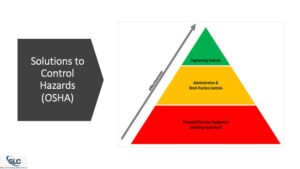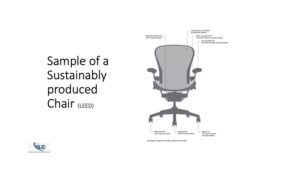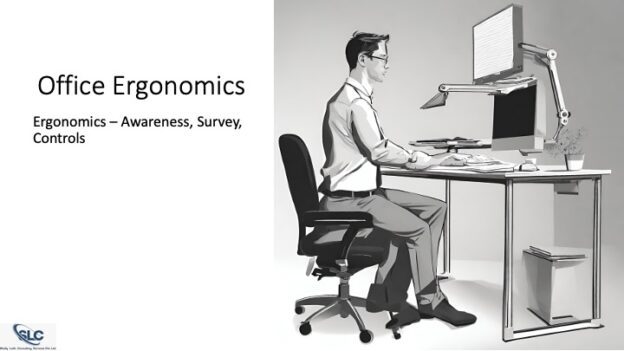The comfort and productivity of employees in the workplace are critical factors to consider for efficient facility management operations. However, it’s common for employees to experience discomfort, which can be attributed to the workstation environment and furniture used. As Facility Managers, efforts to ensure individualised workstations tailored to each employee’s needs are crucial. From a facility management perspective, indoor thermal comfort, air quality, lighting, acoustics, floor layout, workstation desk, and chair are all key controllable elements contributing to office ergonomics. To ensure the well-being of employees, it’s essential to establish facility management ergonomics policies, processes, and practices that adhere to industry standards and guidelines such as ISO 9241 (Part 5,6), ISO 7730, EN 15251, ASHRAE, BIFMA – x5-1, OSHA, and LEED. Additionally, it’s crucial to provide personalised workstation adjustments for individuals with special needs to optimise the ergonomics of the office and maintain employee welfare.
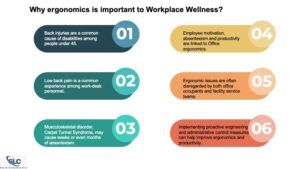
Ergonomics Survey
When conducting an ergonomics survey, it’s essential to set clear objectives. Consider occupant-specific job design, physical environmental needs, and cultural nuances. The frequency and target participants of the survey program should be fixed, considering business-specific needs. A comprehensive survey of the physical indoor environment—workstation layout, desk and chair, lighting, sound and noise, indoor air quality, thermal comfort, facility administration, and work culture—will ensure all aspects of ergonomics are considered, leading to more effective corrective and preventive measures.
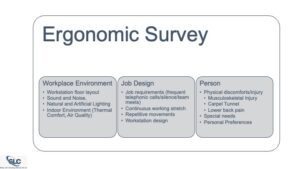
Survey Analysis
The analysis of the ergonomics survey will reveal issues that contribute to health hazards and low productivity at the workplace. These issues can significantly impact your business, affecting branding image, employee retention, and compliance with local and national safety rules, regulatory guidelines, and global best practices. Addressing these issues is not just a matter of comfort but also a necessity for your employee’s overall health and productivity.
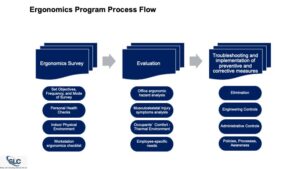
Implementing Corrective and Preventive measures
Corrective and preventive measures to prevent health impacts caused by ergonomics can be broadly classified into engineering and administrative solutions. The key to avoiding these impacts lies in a combination of workplace culture, awareness programs, and engineering solutions tailored to provide ergonomic designs suitable for the job.
